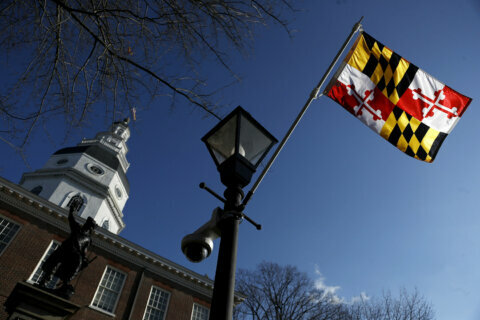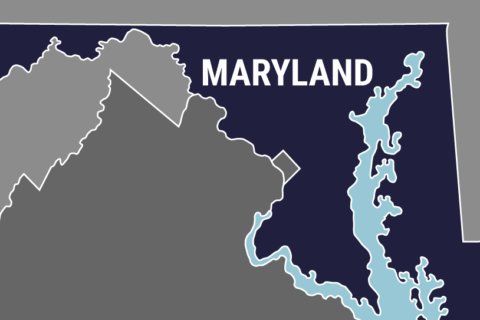Maryland Gov. Larry Hogan has given the green light for a plan to use “vote centers” in place of local polling sites for the Nov. 3 election.
The decision comes as local officials struggle to get enough volunteer election judges to run in-person voting due to the COVID-19 pandemic.
The Maryland State Board of Elections officially asked Hogan to consider its plan last Friday. The board’s plan would use the state’s 282 public high schools or better sites as vote centers.
In a letter to the board accompanying his proclamation Monday, Hogan was still critical of the plan, which he said came after months of delay and indecision.
“I remain concerned that the Board’s decision to close nearly 80% of the polls will have the potential of creating long lines and unsafe conditions, with crowds of people being forced into too few polling places,” Hogan wrote.
The plan from the state board of elections also called for Maryland’s 80 early-voting sites to be opened from Oct. 29 through Election Day.
During the board meeting last Friday, David Garreis, president of the Maryland Association of Elections Officials, said the voting center method would avoid long lines because voters can cast a regular ballot at any center in the county where they live.
Without Hogan’s proclamation, local elections offices would have only been able to consolidate voting precincts, which Garreis said would prevent voters from picking the least crowded location. “They have to stay where they were assigned, otherwise, they can’t vote,” Garreis said.
The voting center method was encouraged as a way to run in-person elections with fewer volunteer election judges as the state deals with more than 14,000 vacancies in 23 counties and the City of Baltimore with less than three months to Election Day. Volunteers who work polls often are older residents, who are more at risk for coronavirus complications.
Initially, it was uncertain if Hogan would go for the plan after he said last month that he wanted to see Maryland’s more than 1,800 polling places open for in-person voting.
Hogan also directed the board to promptly send out absentee-ballot request applications to every eligible Maryland voter for people who choose to vote by mail.
Concerns about the upcoming November election grew after Maryland’s June 2 primary, which was troubled by late or missing mail-in ballots and limited voting centers with long lines.
WTOP’s Rick Massimo and The Associated Press contributed to this report.







